Ancient stones and weathered spires often hold stories that span centuries, waiting to be discovered by those who venture beyond the familiar paths of religious tourism. Each sacred space featured here carries tales of resilience, mystery, and faith that have shaped communities across the globe.
These lesser-known churches offer glimpses into fascinating chapters of history that many visitors overlook.
St. Petka’s Church, Belgrade, Serbia
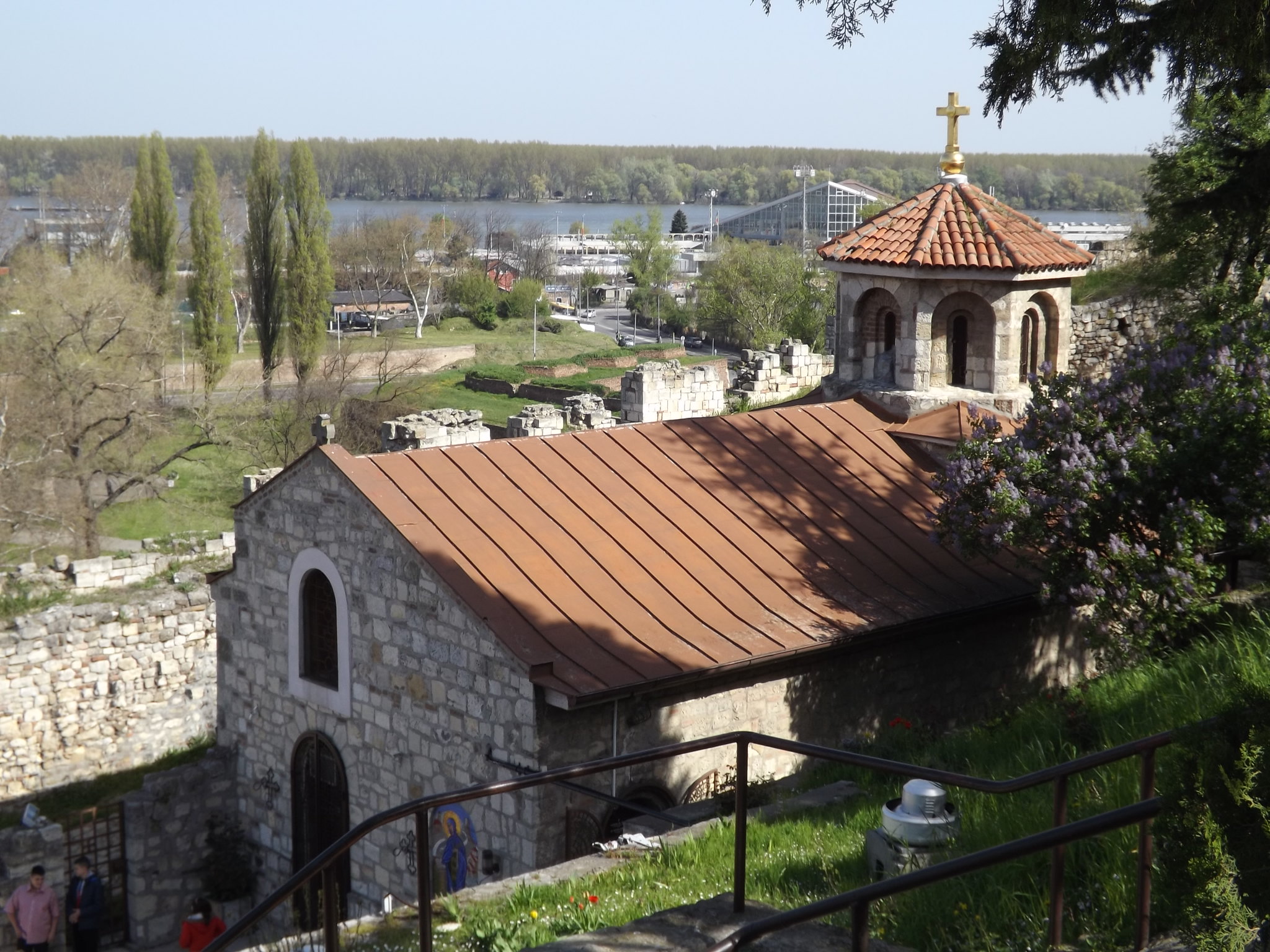
This remarkable church was built in the 1930s as part of a restoration project of the Kalemegdan Fortress. However, it incorporates elements of a much older chapel dating back to the 15th century.
The church sits within a natural cave formation that was expanded and modified to create this unique sanctuary. The walls feature a blend of original rock surfaces and carefully crafted stonework added during construction. Its location within the ancient fortress walls connects it to centuries of Belgrade’s complex religious history.
Temppeliaukio Church, Helsinki, Finland
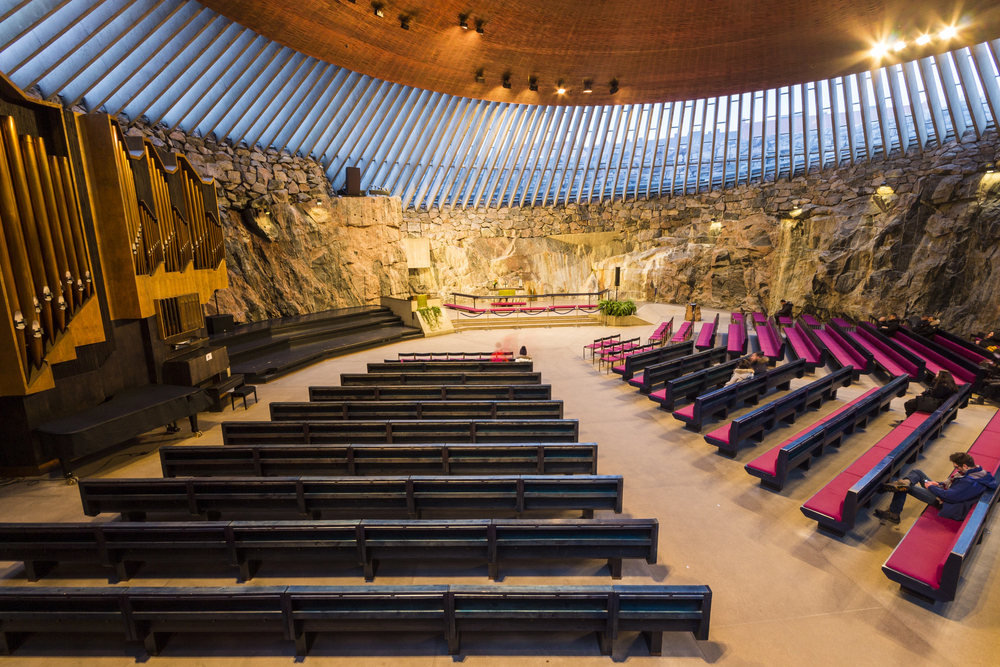
Hewn directly into solid rock in the heart of Helsinki, this architectural marvel emerged from post-war innovation in 1969. The church’s copper dome creates an other-worldly acoustic environment that attracts musicians from around the globe.
Natural light streams through the gap between the dome and the rock walls, illuminating the rough-hewn stone surfaces. The project initially faced fierce opposition but has become one of Finland’s most visited architectural sites.
Like Travel Pug’s content? Follow us on MSN.
Las Lajas Sanctuary, Ipiales, Colombia
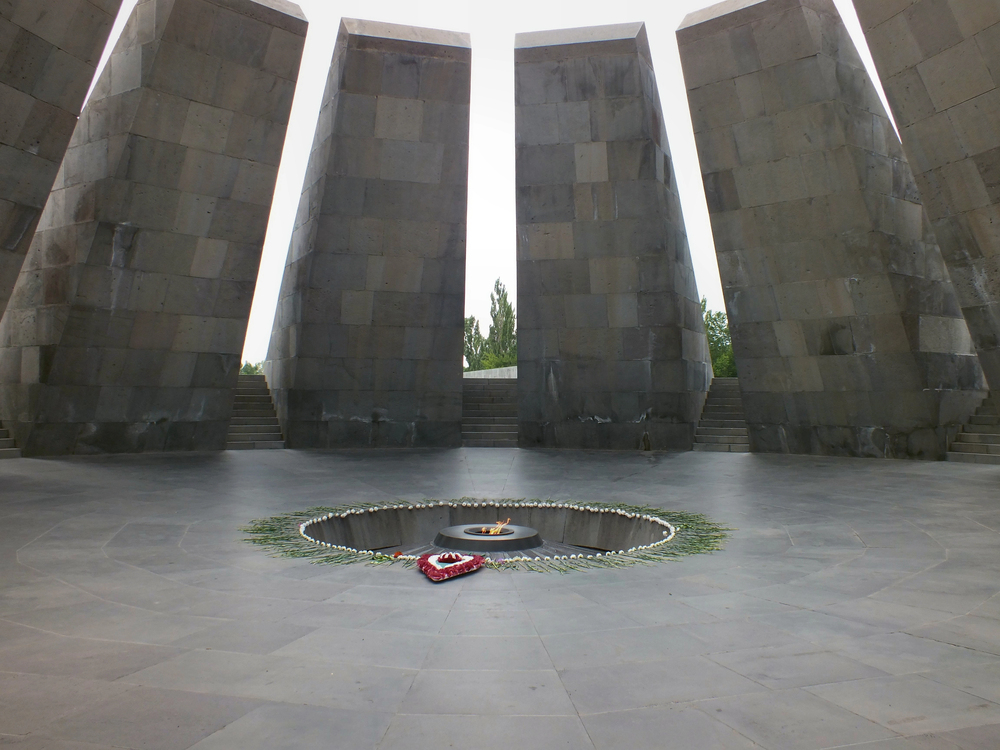
This neo-Gothic masterpiece spans a deep gorge in the Colombian Andes. It was built on the site of a reported Marian apparition in 1754.
The bridge church rises 150 feet from the bottom of the canyon, supported by a series of massive archways that seem to defy gravity. Local legends speak of a mysterious image of the Virgin Mary appearing naturally on the rock face.
The current structure replaced several smaller shrines built between 1916 and 1949.
Church of St. George, Lalibela, Ethiopia
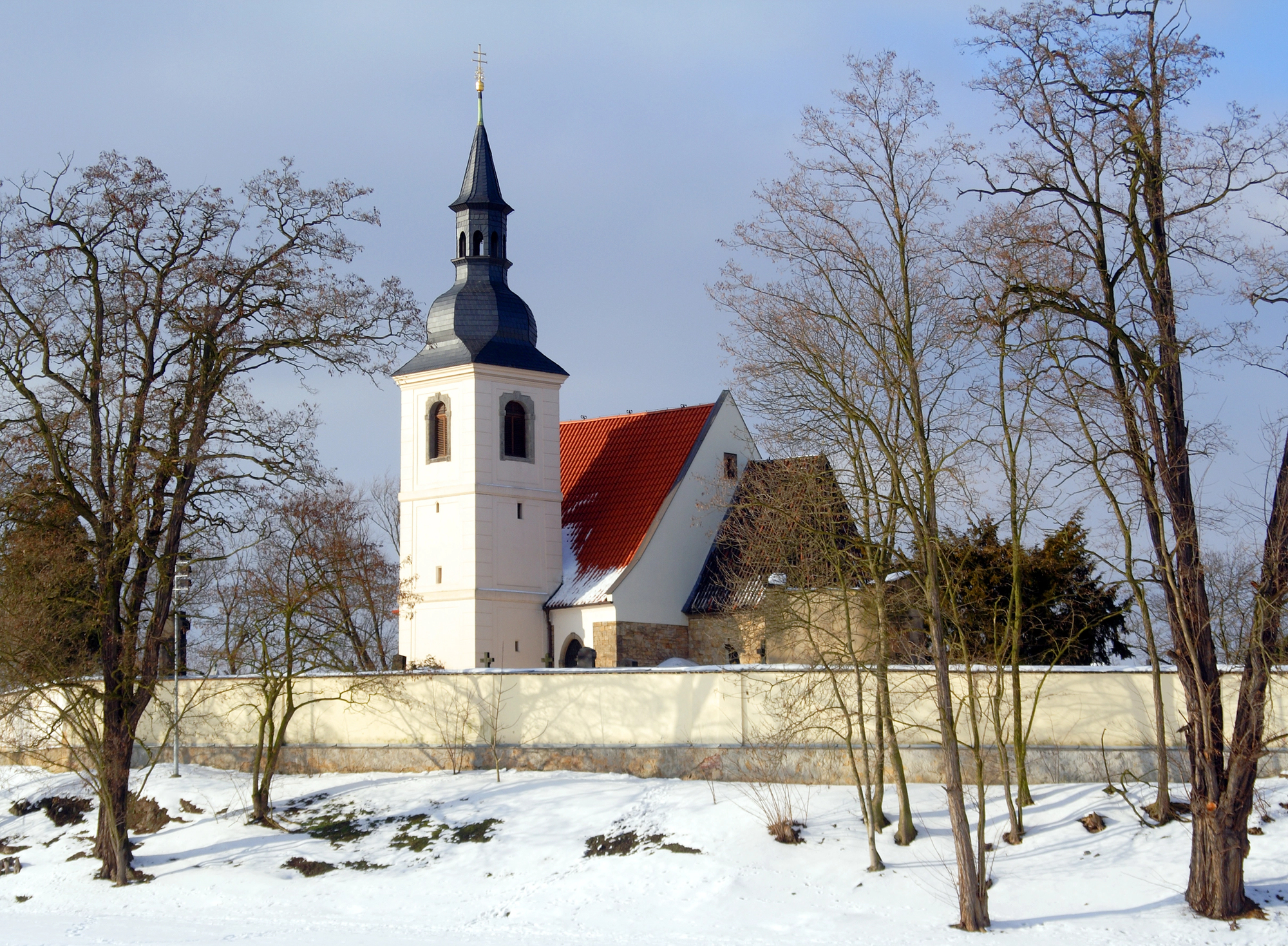
Carved entirely from a single block of volcanic rock, this monolithic church is the largest of Lalibela’s rock-hewn churches. The surrounding trenches plunge 40 feet deep, creating a cross-shaped plan visible only from above.
Ancient artisans worked from the top down, carefully chiseling away the excess rock to reveal the church within. The complex engineering and architectural precision involved in its 12th-century construction remains impressive even by modern standards.
Sedlec Ossuary, Kutná Hora, Czech Republic
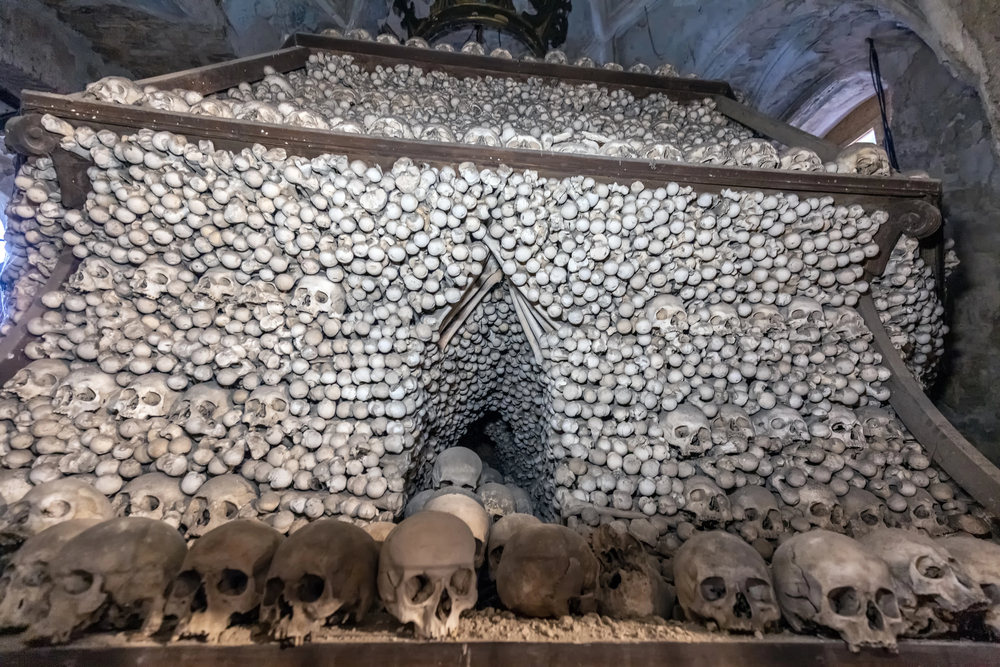
Beneath this seemingly ordinary chapel lies an extraordinary display of human remains arranged into elaborate decorative elements. In 1870, a local woodcarver transformed thousands of bones from plague victims and war casualties into architectural features.
The centerpiece chandelier contains at least one of every human bone, while the coat of arms and other designs adorn the walls. This macabre chapel serves as a memento mori and a testament to artistic vision.
Like Travel Pug’s content? Follow us on MSN.
Church of the Holy Sepulchre, Jerusalem, Israel
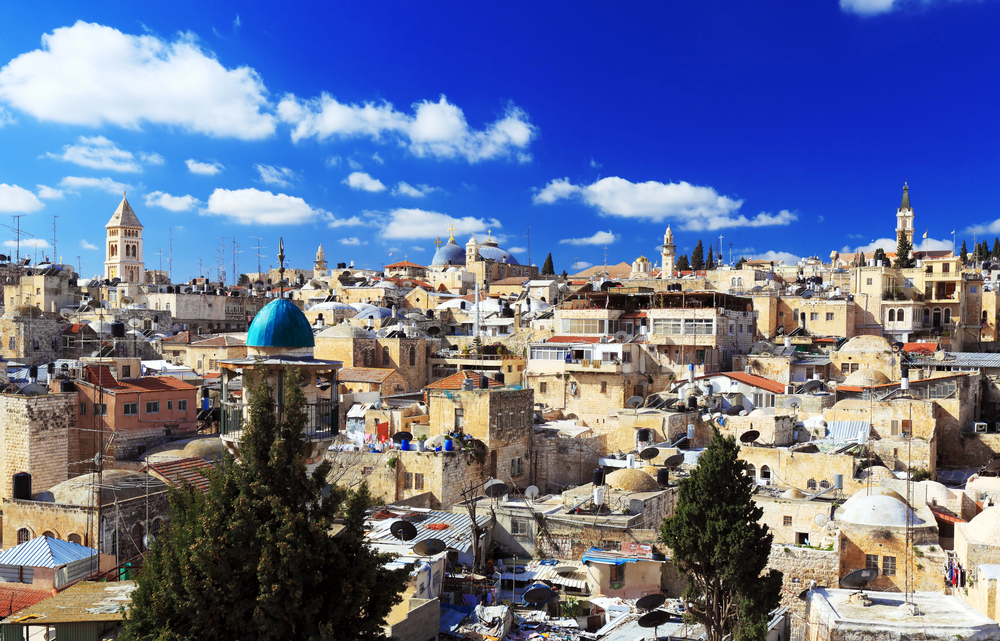
While famous as a pilgrimage site, few visitors discover the Ethiopian Orthodox monastery hidden on its rooftop. Ethiopian monks have maintained this secret sanctuary since the 12th century, living in humble cells amid the domes.
The monastery survived centuries of political upheaval and territorial disputes between Christian denominations. This hidden community continues ancient traditions largely unchanged by time.
St. Dunstan in the East, London, England
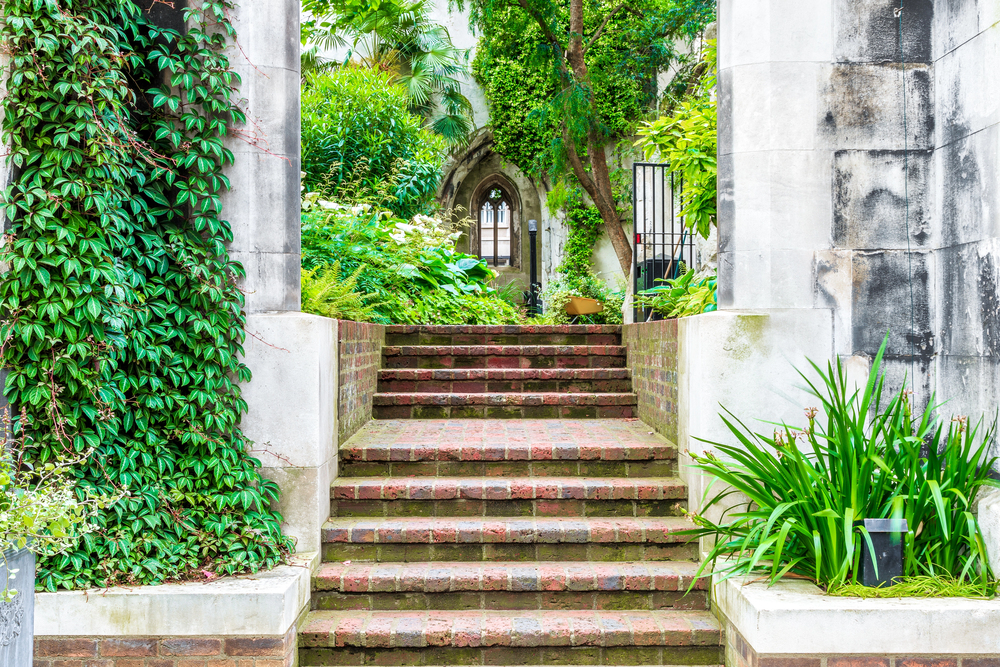
This Wren-designed church survived the Great Fire of London, only to be devastated by the Blitz in 1941. Rather than rebuilding, city planners transformed the ruins into a secret garden in 1967.
Climbing vines now embrace the remaining Gothic walls and windows, creating a peaceful sanctuary in the heart of London’s financial district. The space serves as both a memorial and a meditation garden.
Church of St. Mary the Virgin, Upwaltham, England
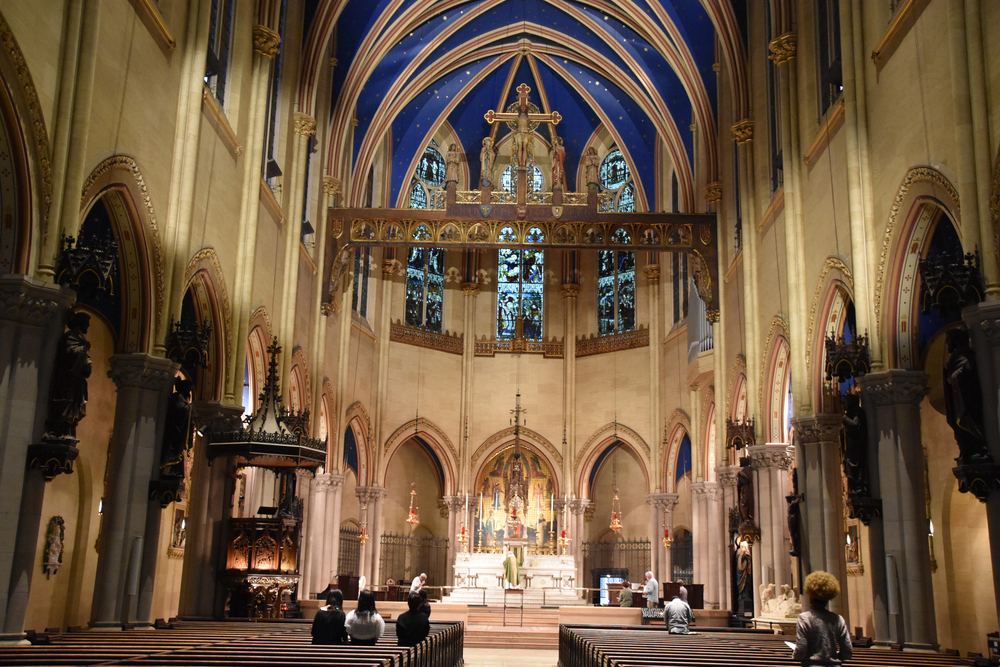
Nestled in a remote valley of the South Downs, this tiny Norman church has stood in splendid isolation since the 12th century, long outlasting the medieval village it once served. The simple stone structure features rare and well-preserved wall paintings dating back to its construction, hidden beneath layers of whitewash until their discovery in the 1930s.
The church’s remote location and lack of electricity maintain its medieval atmosphere, with services still conducted by candlelight.
Like Travel Pug’s content? Follow us on MSN.
Cave Church of St. Peter, Antioch, Turkey
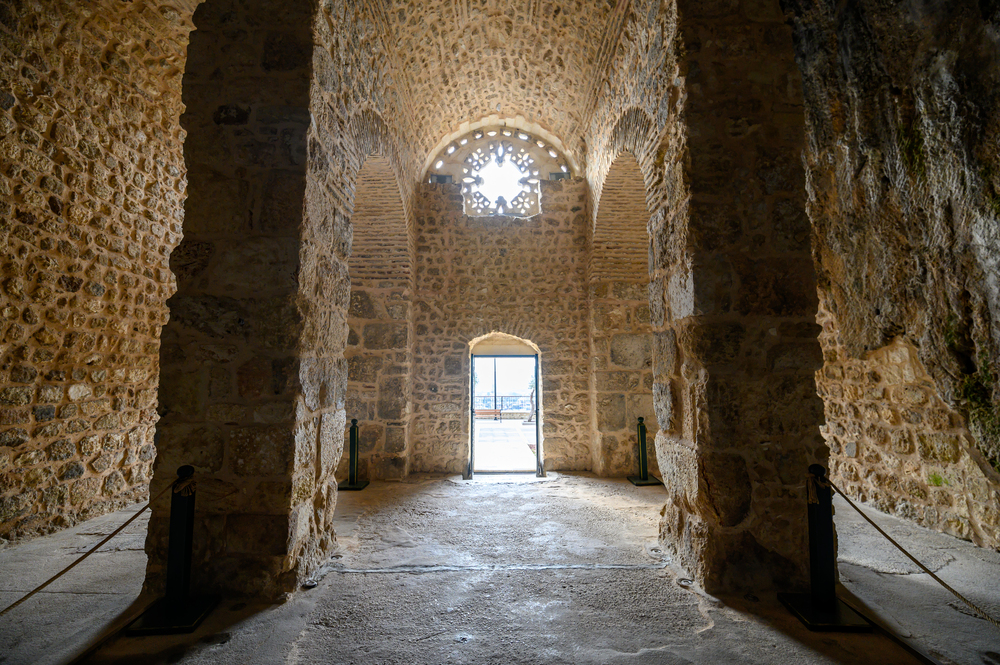
Carved into the mountainside, this cave church claims to be the site of the first Christian church established by Saint Peter himself. Ancient frescoes still adorn the rough walls, though many have faded over the centuries. Since antiquity, a natural spring within the cave has been associated with healing properties.
The site became a place of pilgrimage for early Christians seeking to worship at the birthplace of their faith.
Hanging Church, Cairo, Egypt
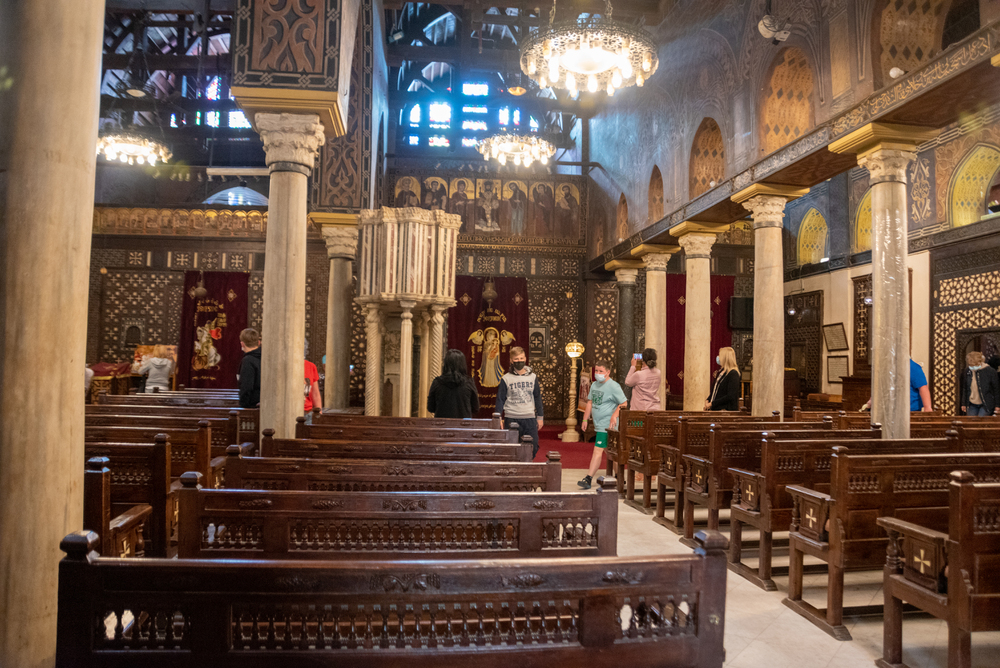
Built atop the gates of an old Roman fortress, this Coptic church appears to float above the ground. The suspended structure rests on 29 columns, with its nave elevated nearly 30 feet above street level.
Original wooden panels decorated with intricate geometric patterns still adorn the walls. The church served as the seat of the Coptic patriarch for several centuries.
Nya Slottet Church, Stockholm, Sweden
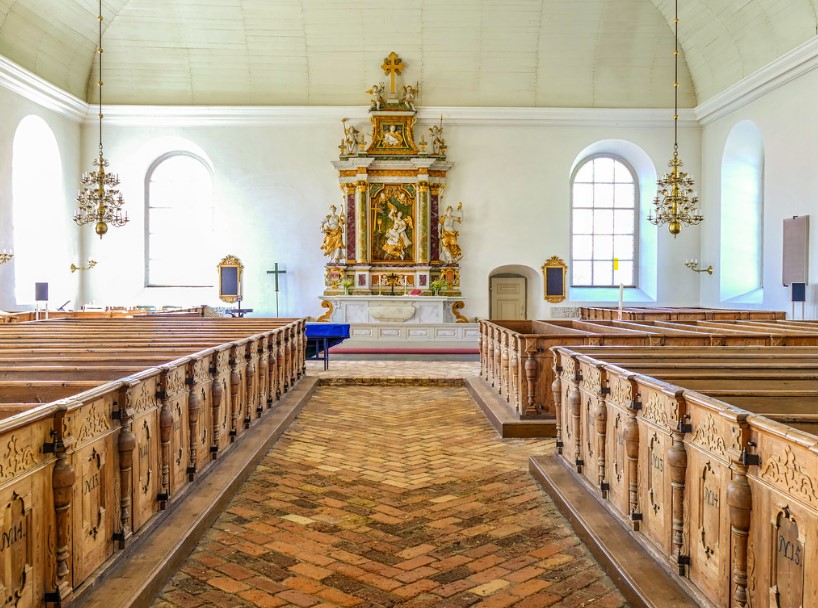
Concealed within the royal palace, this private chapel remained unknown for over two centuries. The intimate space features elaborate rococo decorations and hidden doors leading to royal apartments.
Cleverly designed acoustics allowed the royal family to attend services without being seen by other worshippers. The chapel still maintains its original 18th-century organ.
Like Travel Pug’s content? Follow us on MSN.
Salt Cathedral, Zipaquirá, Colombia
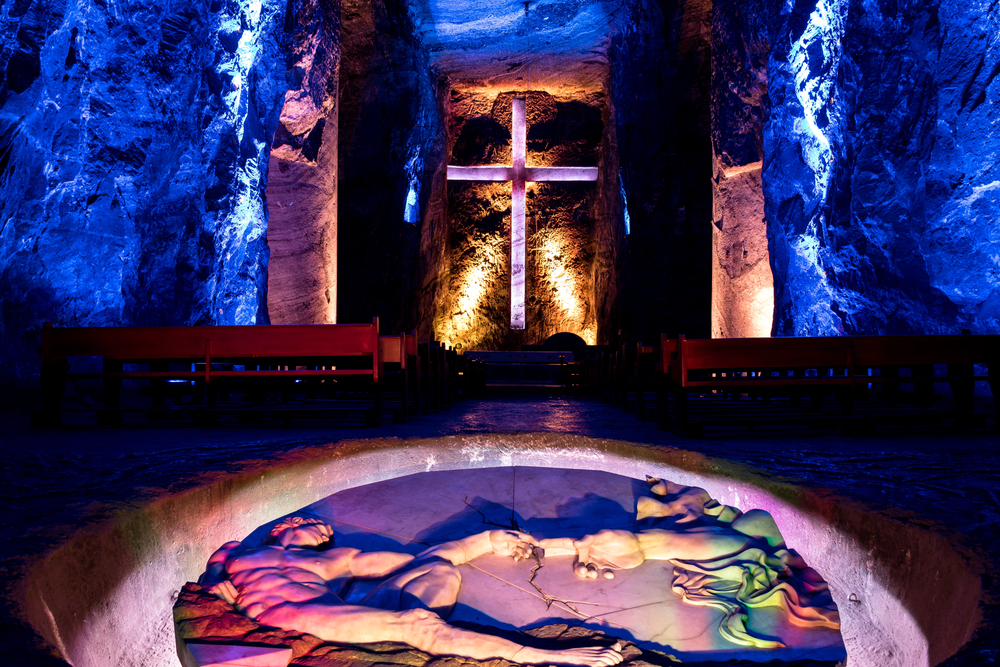
Carved within an active salt mine, this subterranean cathedral began as a small chapel constructed by miners in 1954 to provide a place for daily prayers and spiritual reflection. The original sanctuary was officially inaugurated in 1954 and dedicated to Our Lady of the Rosary, patron saint of miners.
Structural concerns led to its closure in 1990, which prompted the construction of the current cathedral 200 feet below the original between 1991 and 1995. The modern structure spans three naves representing Christ’s birth, life, and death.
Basilica of St. Lawrence Outside the Walls, Rome, Italy
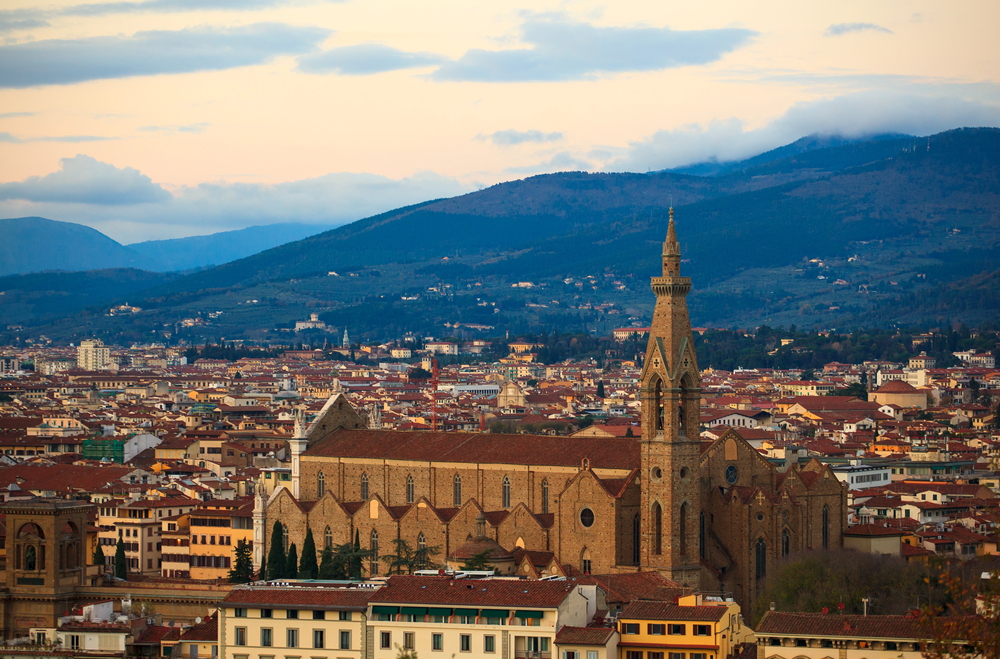
While tourists flock to St. Peter’s, this ancient basilica guards the tomb of its namesake saint in relative obscurity. The church incorporates columns and materials from a pagan temple on the site.
Medieval frescoes depicting the martyrdom of St. Lawrence remain remarkably well-preserved in the crypt. The basilica survived both earthquake and bombing damage during its long history.
Church of Notre Dame du Haut, Ronchamp, France
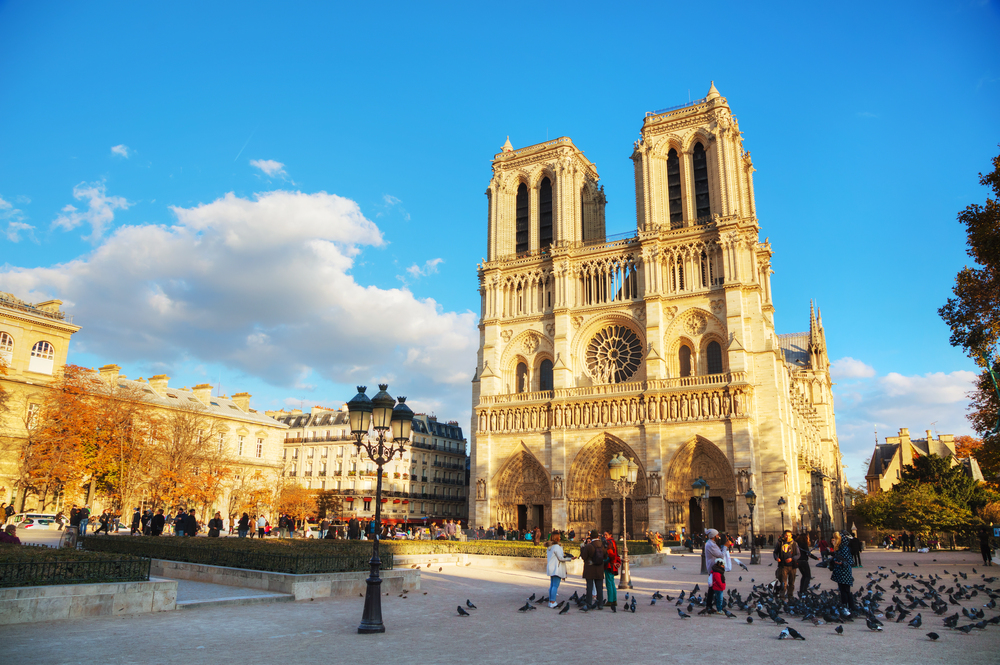
Le Corbusier’s modernist masterpiece challenges traditional church architecture while creating a deeply spiritual space. The thick walls contain small, irregularly placed windows filled with colored glass.
The unusual roof design collects rainwater that cascades from a gargoyle during storms. Despite its radical departure from traditional church architecture, the building creates an atmosphere of profound contemplation.
Like Travel Pug’s content? Follow us on MSN.
Las Piedras Church, Chichen Itza, Mexico
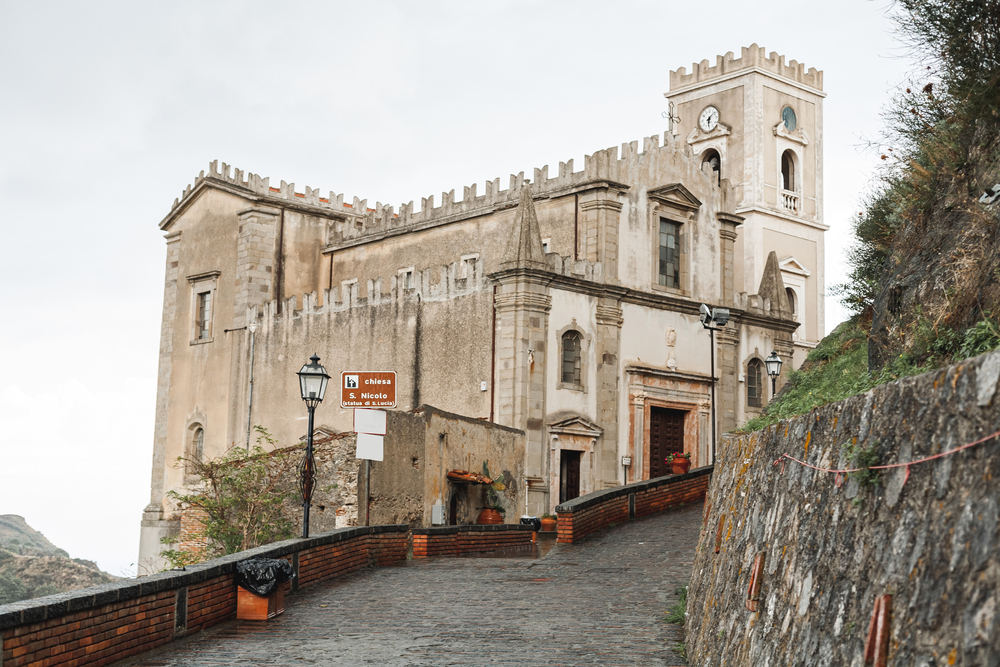
Built atop a Mayan pyramid, this colonial church represents Mexico’s complex religious history. Spanish missionaries incorporated existing sacred geometry into the Christian structure, and indigenous artisans included subtle references to their traditional beliefs in the church’s decorative elements.
The building serves as a powerful symbol of cultural synthesis and resilience.
Sacred Spaces That Shaped Human History
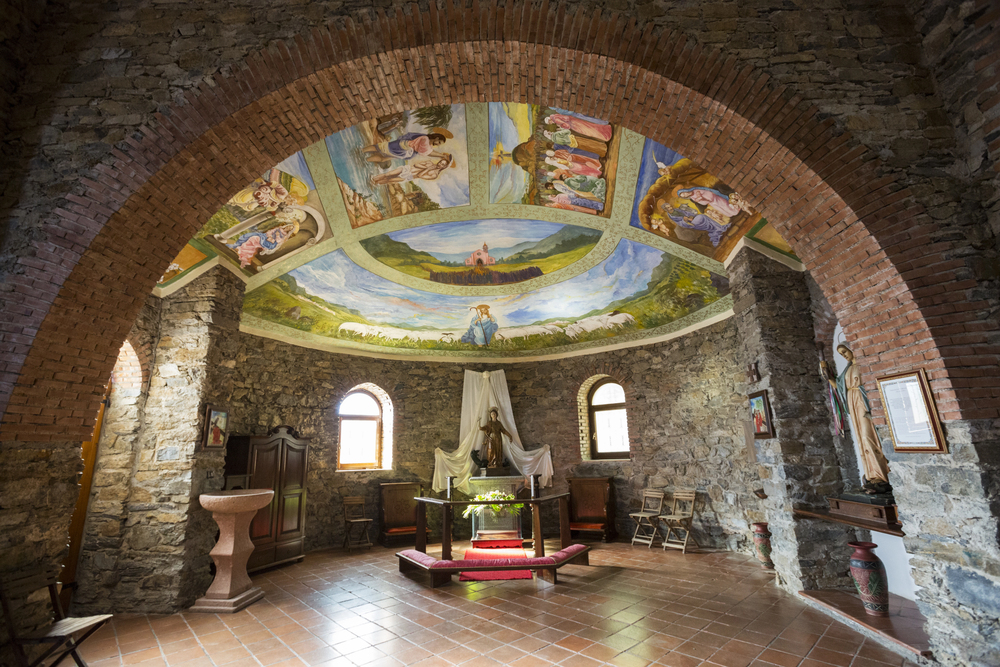
These hidden churches reveal how faith, artistry, and human ingenuity converge to create extraordinary worship spaces. Their stories remind us that sacred architecture often transcends its religious origins to become part of our shared cultural heritage.
Whether carved from rock, built in secret, or adapted from ancient structures, each site offers unique insights into the human spirit’s endless capacity for creation and preservation.
More from Travel Pug

- 15 Dangerous European Cities to Avoid
- 15 Caribbean Islands Where Tourists Keep Getting Scammed
- The 20 Most Fascinating Abandoned Places: A Journey Through Time and Forgotten Spaces
- 15 Hidden Places in the Smithsonian Museums Locals Love: A Guide to Lesser-Known Treasures
- 16 Hidden Florida Beach Towns That Aren’t Overrun with Tourists
Like Travel Pug’s content? Follow us on MSN.
